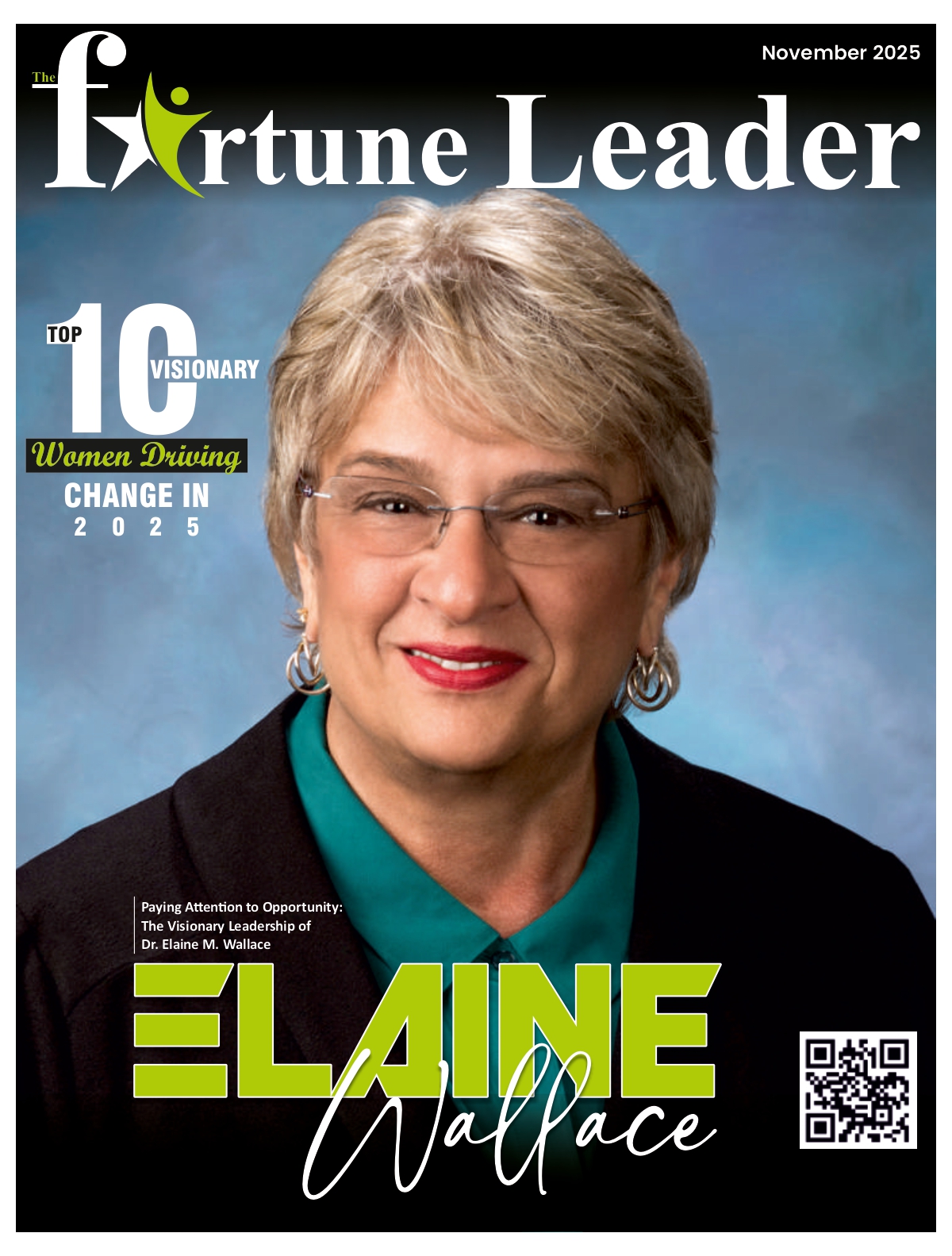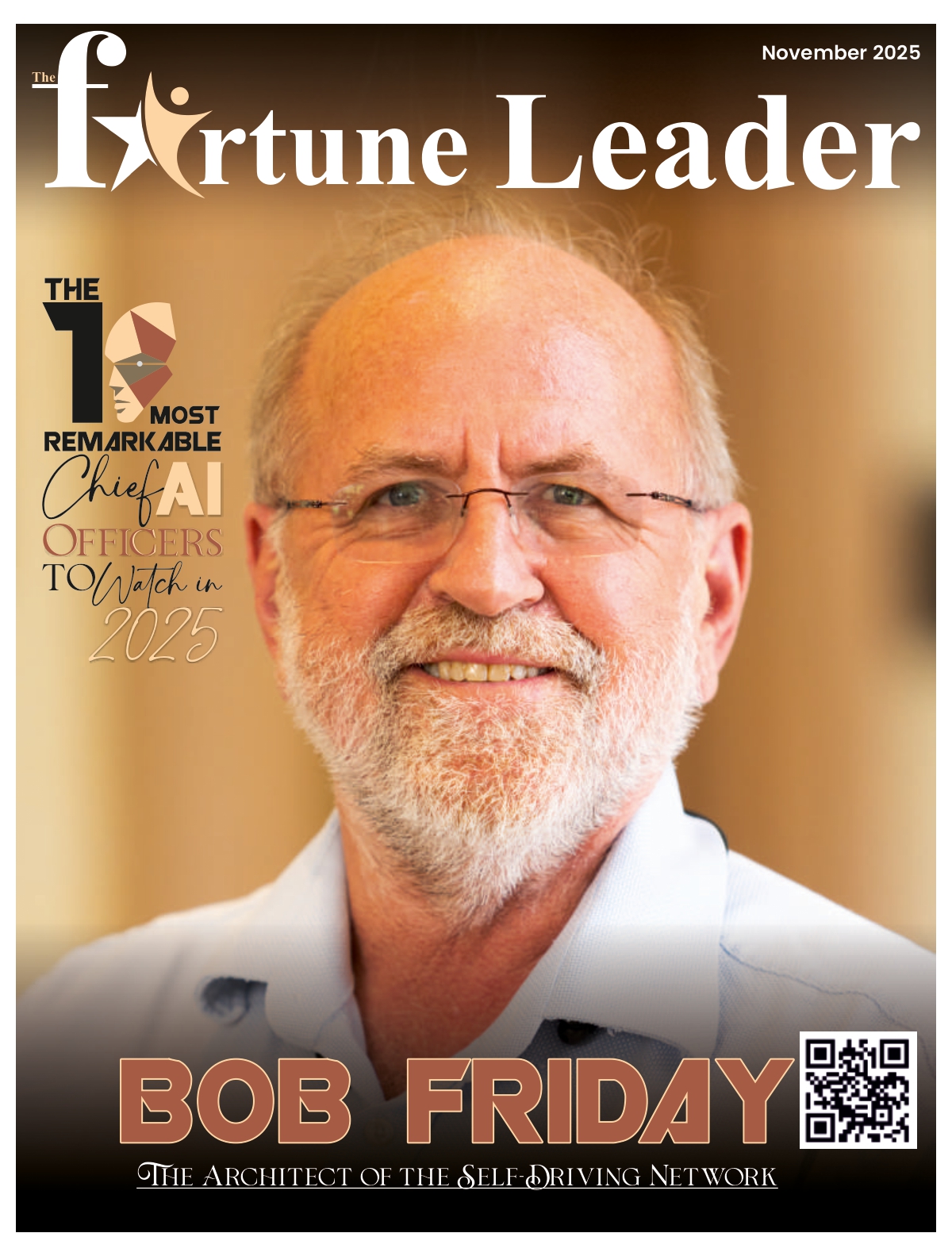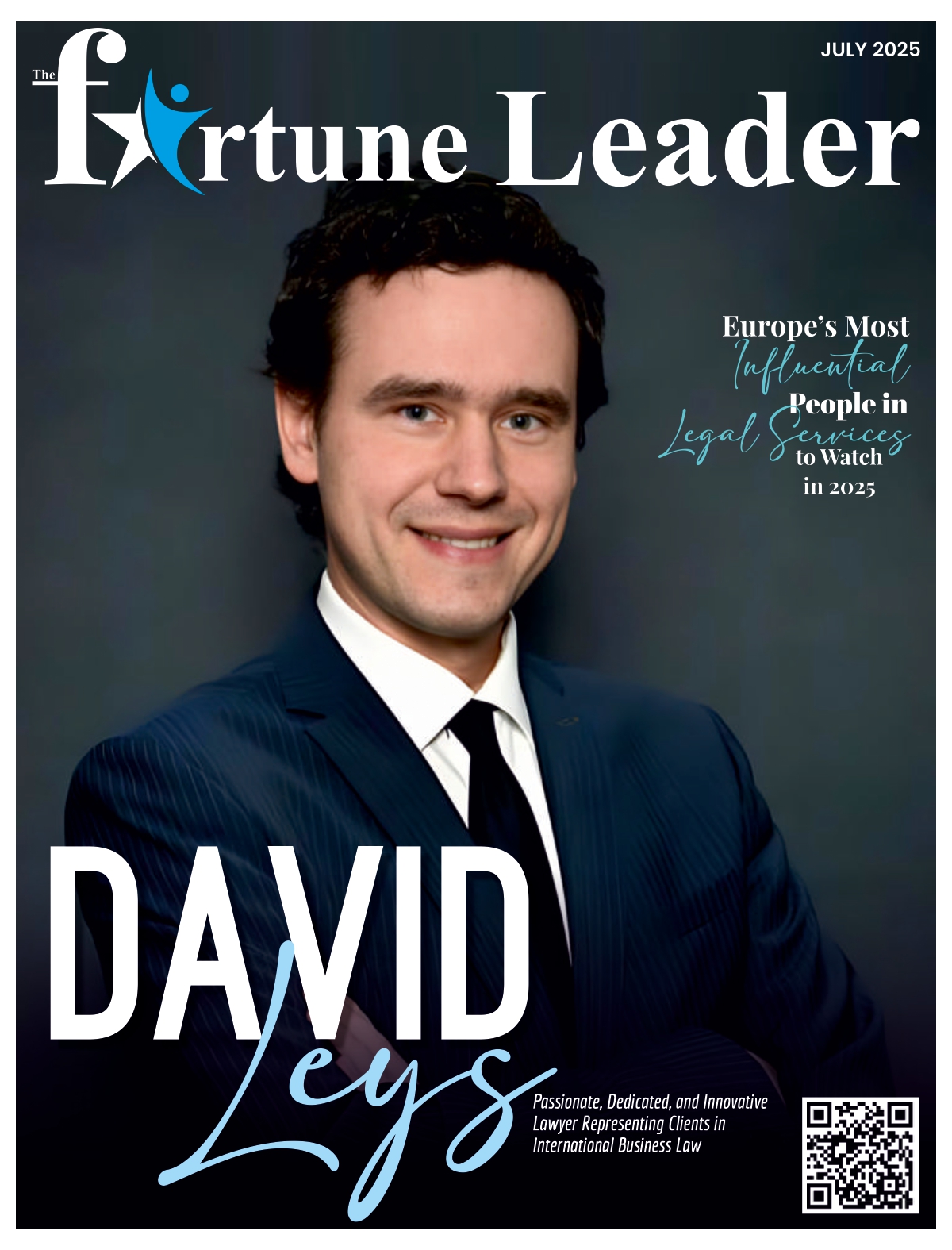Creating an environment that is conducive to innovation is essential to the long-term survival and viability of any firm in the current quickly changing global scene. The development of a work environment that is both varied and welcoming may serve as a significant impetus for the acceleration of innovation. A workplace that is inclusive guarantees that all workers, regardless of their origins, abilities, or identities, feel appreciated, respected, and empowered to offer their unique views and ideas. This is because an inclusive workplace takes into account all of these factors. When people who come from a variety of different backgrounds join together in an atmosphere that is welcoming to everyone, a rich tapestry of ideas, experiences, and creative expression develops. This helps drive innovation and build a culture that is focused on continual development and progress. In the following paragraphs, we will investigate the ways in which inclusiveness contributes to creativity, as well as analyze the techniques that may be used to build a more inclusive working environment that fosters innovation.
1. A Variety of Points of View Encourage Creative Efforts
Diversity in the workforce brings with it a wide range of viewpoints, life experiences, and methods of problem-solving that would not otherwise be available. Every person brings a distinct perspective to the table, which is influenced in part by their own cultural, educational, and personal history. When these many points of view are brought together, the result might be a more comprehensive understanding of the issues at hand and the possible responses to them. Teams with members from a variety of backgrounds are better able to see new possibilities in the market, predict potential obstacles, and suggest novel goods or services that appeal to a wider demographic.
2. Creativity and working together with others
A more varied collection of people are more likely to work together when inclusion is practiced. When individuals with varying experiences collaborate on a project, they typically share the information and ideas they’ve gained along the way, which may be a catalyst for creativity and innovation. The breakdown of silos and the cultivation of an atmosphere that values open communication and the sharing of ideas are both facilitated by collaborative efforts. Teams that value diversity and inclusion are more likely to generate original ideas and strategies because they are able to draw from a wider variety of backgrounds, experiences, and expertise.
3. Improved Capacity to Solve Problems
An inclusive workplace creates an atmosphere in which workers are encouraged to speak their thoughts and ideas without the fear of being discriminated against or prejudiced against. When workers do not feel that they can freely express their opinions, they are less likely to give unique insights that might lead to the development of new solutions to problems. Inclusive teams are more likely to identify answers that may have been missed in an atmosphere with less diversity, which ultimately results in problem-solving that is both more effective and more imaginative.
4. Higher levels of participation and output from staff members
An inclusive workplace fosters a feeling of belonging among its staff members and promotes active participation and engagement with all staff members. When employees believe they are being seen, heard, and respected in their responsibilities, they are more willing to commit their time and effort to those roles. This increased involvement ultimately results in higher levels of productivity as well as creativity, which drives innovation inside the firm.
5. Improved Capacity to Make Decisions
Inclusive workplaces encourage decision-making procedures that take into account the input of several persons who each have their unique point of view. The consideration of such a wide range of perspectives enables more informed and well-rounded decision-making. Organizations are able to make choices that are more all-encompassing, forward-thinking, and reflective of the different demands and ambitions of their stakeholders when they take into account numerous thoughts and perspectives.
Ways to Make the Workplace More Inclusive and Still Push the Boundaries of Innovation:
1. Dedication and Responsibility on the Part of the Leaders
Leadership is one of the most important factors in determining the culture of a business. A leadership commitment to diversity, equality, and inclusion is necessary in order to cultivate an inclusive workplace. The tone for an inclusive atmosphere should be established by leaders, who should advocate diversity efforts, develop clear rules, and hold themselves and others responsible for making the environment more welcoming.
2. Education Regarding Diversity and Inclusion
Employees may be raised to a higher level of awareness and educated about the value of diversity and the necessity of inclusive conduct via the implementation of regular training programs on diversity, equality, and inclusion. These initiatives have the potential to assist in battling biases, preconceptions, and prejudices, helping to develop a culture that is more inclusive and encourages creativity.
3. Inclusive Employment Procedures
Employing inclusive recruiting methods increases the likelihood that the company will draw applicants from a wide range of backgrounds. This may include the use of blind recruiting methods, the deliberate pursuit of applicants from backgrounds that are underrepresented, and the cultivation of an inclusive interview atmosphere in which all candidates are given a fair opportunity to display their strengths.
4. Employee Resource Groups, sometimes referred to as ERGs
It is possible to give a platform for workers to engage with one another, share their experiences, and advocate for inclusive practices by establishing employee resource groups (ERGs) inside the firm that cater to specific demographics or interest groups. ERGs provide the business with insightful information while also fostering an inclusive atmosphere and fostering innovation via collaborative efforts.
5. Mechanisms for Receiving Feedback and For Listening
A business needs to show that it appreciates the viewpoints and input of all of its workers, and one way to do this is to provide open channels for feedback and engage in active listening. Employees may be encouraged to share their problems and suggestions via the use of regular feedback meetings as well as anonymous suggestion boxes, which can ultimately lead to changes and drive creativity.
Conclusion
Making the workplace more welcoming to people of all backgrounds and experiences is not just the right thing to do from a moral standpoint, but it’s also a smart move for companies that want to foster creativity. In today’s highly competitive environment, firms may drive themselves ahead in the race for market share by unlocking a wealth of creativity and innovation by using the different views and experiences of a diverse workforce. Any organization looking to ensure its long-term viability and success should invest its efforts in promoting diversity and inclusiveness.

















